When it comes to purchasing a unit in a condominium, co-op, or homeowners’ association, buyers tend to be (rightly) concerned with square footage, baths, beds, kitchen aesthetics – all of the fundamentals people look for in a new home. But before a potential buyer can be sold an apartment, they have to get inside the building. This is where the concept of curb appeal comes in. Regardless of the quality of a product, people tend to evaluate the packaging. The nicer a property looks from the outside, the more optimistic the shopper will be once they’ve crossed that inner threshold.
As buildings come in all shapes and sizes, curb appeal can take many forms. Such things as window décor, entryway flourishes, and greenery can all play their part. But regardless of what one has to work with, a little care and maintenance can go a long way toward maintaining the value of a property and assuring a return on investment when it’s time to sell.
Essential Elements
What constitutes ‘curb appeal’ can run the gamut, as what one tends to notice about a walk-up in the big city varies from that of a towering residential skyscraper or a suburban townhome. The commonality is an awareness of what makes a property unique and really making those elements pop.
“Curb appeal oftentimes depends on the location of the property, and can be a matter of opinion,” says John Kadim, a portfolio property manager with Thayer & Associates, in Cambridge, Massachusetts. “In most cases, a perfectly-manicured landscape with detailed hardscape features will draw that initial attention. In the case of a property without landscaped grounds, having convenient or upscale features – such as a video intercom system – will appeal to those who have interest in more innovative technological components.”
First impressions are important, and certain considerations can be of help. “In general, a building should have a clean sidewalk, polished brass poles, refinished wood/metal doors, fresh-looking awning, and manicured flower beds, depending on the season,” suggests Georgia Lombardo-Barton, President of Barton Management LLC, in New York City. “There is a good amount of sprucing up that can be done to render a building’s curb appeal inviting.”
Even when space is at a premium, there are tweaks that can be made. “Limited space may reduce your options in terms of square footage, but there are plenty of small-space options to spruce up the outside of a property for potential buyers,” says Christian Schlueter, a real estate agent with RE/MAX at Barnegat Bay, in Toms River, New Jersey. “If there’s no yard, simple window boxes can be added to hold flowers. And if a slightly larger project is feasible, updating shutters and railing for any steps or stoops can do a lot to renew appearances. Also, never underestimate the value of a fresh coat of paint. If replacing siding is out of reach, a freshly-painted door in a clean color will still brighten up an entrance.”
Jeff Simonian, a sales associate with Gibson Sotheby’s International Realty in Boston, concurs. “Simple upkeep goes a long way,” he says. “I think that paint is the lowest-cost, highest-impact improvement that any homeowner or condo board can make. And if the property is out in the ‘burbs with more exterior space, plantings, and manicured lawns show a prospective buyer that the property is cared for. I recently showed a building, and the second we walked into the lobby, I looked up and saw mold spots by the A/C vents. It immediately made us question the building, prior to even seeing the unit itself.”
Day Laboring
As for upon whom it falls to keep up these pristine appearances, that can depend on the location, budget, and aesthetics of an individual association. Of course, it never hurts to pinch pennies and handle as much internally as is reasonable.
Kadim urges associations and their management companies to always have the property’s curb appeal in mind. “The two parties should work together to ensure that the aesthetics are maintained. It should not be the primary priority, as many other things will need to come first, but it should always be something that is collectively striven for on an ongoing basis.”
If the association has staff to take on the task, curb appeal should be something incorporated into the daily/weekly routine, notes Lombardo-Barton, rather than thought about only every now and again. “Beautification of a building’s curb is just as important as its lobby, and it doesn’t take that much more effort if it is handled each day,” she adds.
“It’s ultimately about prioritizing with the current residents as to how best keep up the common areas, and listening to their suggestions,” says Simonian. “In smaller developments, like converted three-families, it’s easier to vote and push projects through, and to hire a subcontractor to take care of projects before they escalate. That’s what’s great about boards that contribute to their reserve budget each month. Plus, it caters to the current residents’ property values when you continue to make improvements.”
Dollars and Sense
A well-maintained exterior can certainly draw prospective buyers, but just how essential is it in maintaining a property’s value? Does it move the needle in any significant way?
“Curb appeal may not necessarily add dollar value to a property, but it affects the sights and the smell, and thus may trigger a first-impression sense that the property is well-maintained,” suggests Lombardo-Barton. “The Italians have a saying of making a bella figura, which means that how a person dresses or looks says a lot about them. The same applies to a building exterior. Dress it up as tastefully and as often as possible.”
“Curb appeal speaks to the pride an association takes in its property,” Simonian adds. “You only have one chance to make a first impression. When there are necessary projects gone ignored that are evident to the buyer, the buyer will question for how long those projects have been delayed, and wonder what else could be wrong in the building.”
“It’s a first-impression business, and you want to make a good one,” echoes Schlueter. “Some buyers can look at a property and imagine themselves existing there without a problem. But most of the time, buyers don’t have the ability to visualize the potential of a property without a little help.”
Quick Fixes
Even when in a pinch with little time or budget to spruce up the outside of a property, there are still things an association can do to kick the aesthetic up a notch.
“Painting the front door or shutters is an easy and cost-effective way to change the outdoor appearance and give a unit a new look with limited time and money,” suggests Schlueter. “If paint is out of the question, consider changing the exterior lighting to something more impressive, or just add a few potted plants for some color around the entryway.”
Of course, it should be stressed that maintaining curb appeal should be a constant – not something done last-minute solely to sell a unit. “The board should have an aesthetic in mind for the property, and allow owners to make requests and suggestions at any time,” says Kadim. “It would be irresponsible, in my opinion, to make changes or complete any work simply so an owner can sell their unit. Ideally, the property’s curb appeal would be maintained in a way that eliminates the need for owners to make requests on short notice, but that is not always the case.”
All of this will make for very happy house – or apartment – hunting indeed.
Mike Odenthal is a staff writer and reporter for New England Condominium.



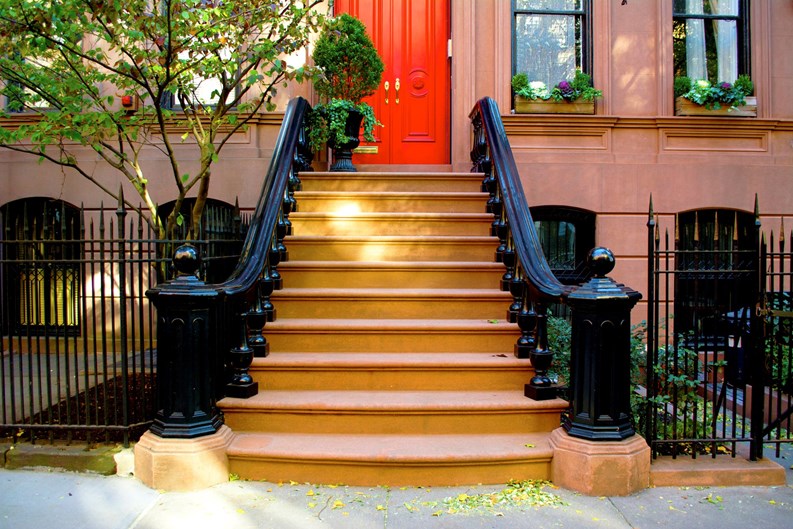

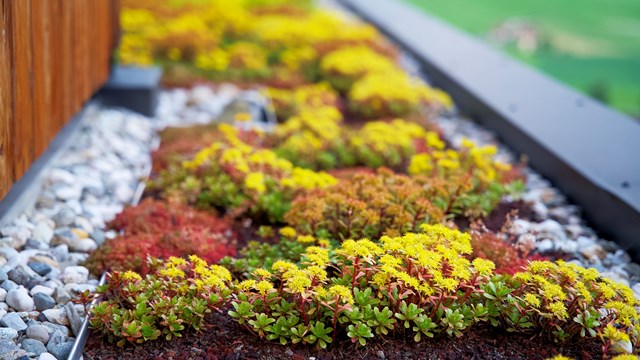
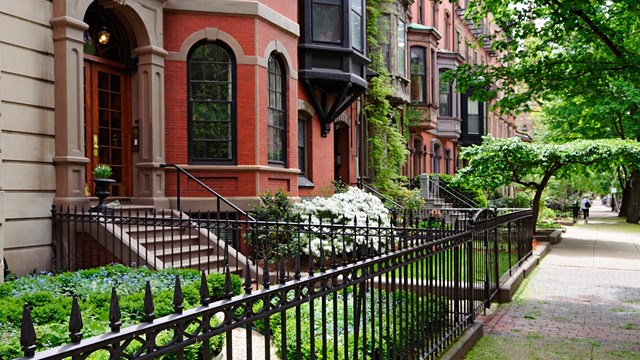
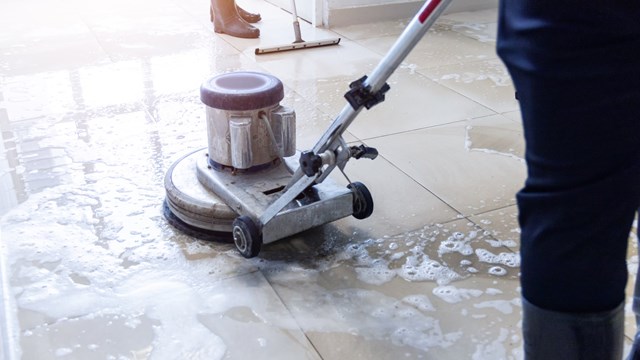
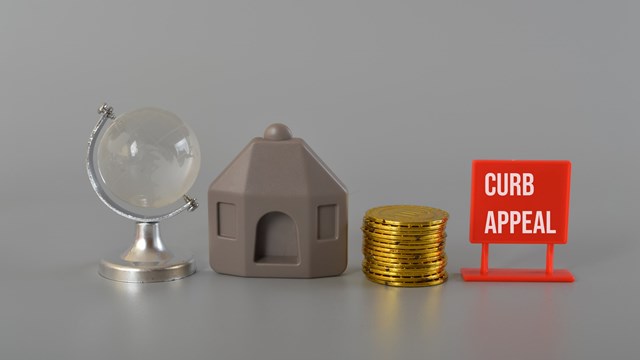
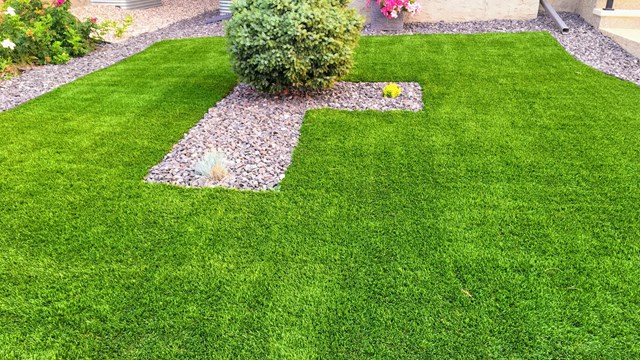
Leave a Comment